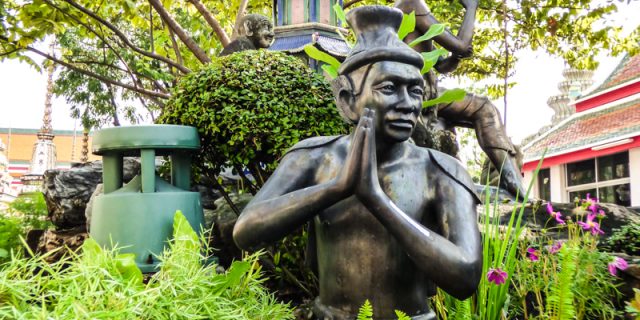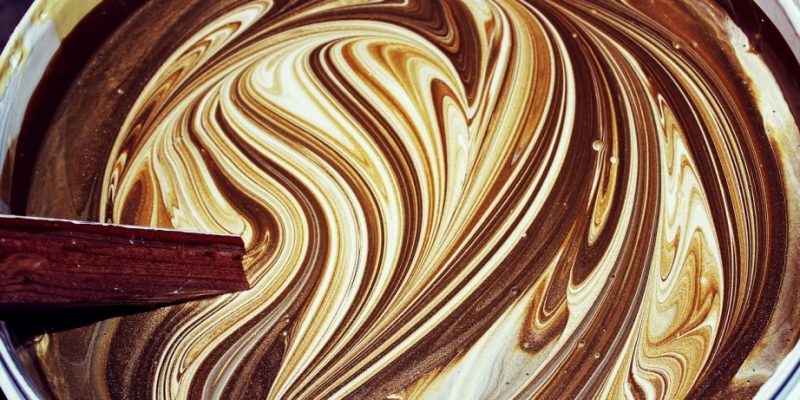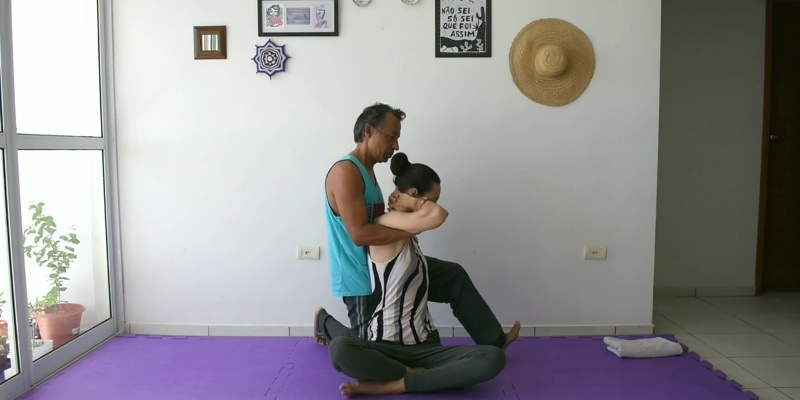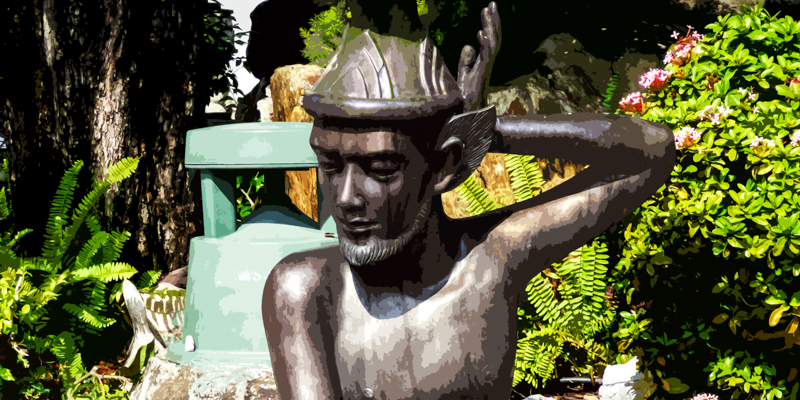
In the complementary and alternative healing arts there’s a lot to do about integration today. Teachers, therapists, and practitioners take little bits of this and little bits of that, put stuff in, take stuff out, shuffle, mix, and proclaim that “there’s a new way to do things.”

It’s not different in the Thai Massage community — practitioners use Osteopathy, Physiotherapy, Sports therapy, and Chiropractic, among other modalities, in their sessions or teaching routines. Nowadays, we have things like Physio Thai, Osteothai, Integrative Thai, Thai Sports Massage, Thai-Shiatsu, Reiki-Thai, and so on. But also the other way around — practitioners from a variety of other healing disciplines use Thai Massage techniques in their daily practice.
Now, what to say here? Well, Thai Massage itself originated and grew out of Indian Yoga, acupressure techniques, stretching techniques, Ayurveda, and a vast array of various Northern-Thailand Hill tribe, Tibetan, Chinese, and Nepalese massage and healing techniques. I’m pretty sure I didn’t mention all influences, but the point is that Thai Massage is an integration itself. But one that apparently took over two thousand years to develop.
Thai Massage most probably developed with trial-and-error, with the help of other healing methods, and it developed with the help of “sacred knowledge” on the human species and its place in the totality of the universe. It developed, grew, established itself over long periods of time, and became a proven method of healing. Proven techniques. Proven approaches. Proven sequences. Proven flows. Proven sets. A Healing Art.
Then, is there a problem here? Well, yes and no! No, because of the above. And yes, because of what I’d like to call “superficial integration,” “trendy integration,” or “Speedy Gonzales integration.” I feel one can only integrate what one knows well. For example, if you integrate Thai Massage with Physiotherapy, you need to know both disciplines well — very well. That takes time, study, knowledge, experience.

Unfortunately, I see too much people running around doing two week courses of this and that, and claiming to master all of the studied fields well enough, not only to practice as “fully qualified practitioners,” but even to be able to “integrate.” To integrate what they know little about, or to integrate what they know a lot about with what they know a little about. As a matter of fact, I think it’s not only pretentious, flawed, and potentially dangerous, but also a lack of respect to proven healing traditions.
I’d say — let’s be careful and let’s be sensible. Because yes, we do want the best of all worlds. Then yes, let’s put in, take out, shuffle and mix, but let’s integrate with integrity. With knowledge. With proof and improvement. And a new outcome probably won’t take another two thousand years, but it will certainly not take two weeks of courses!

















